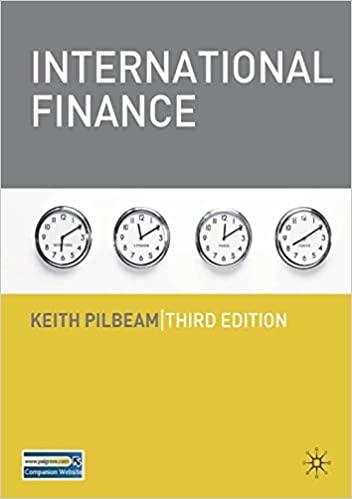


Let us consider the following insurance problem. An economic agent receives a stochastic revenue given by the lottery L1 = ({0,4}; {1/3, 2/3}) where the amounts are in the first curly brackets while the corresponding probabilities are in the se- cond curly brackets. The agent's preferences are characterized by the von Neumann- Morgenstern utility function u(x) In(1 + r). An insurance company can offere an insurance contract to the agent that specifies transfers to (respectively ta) to be made to the agent in case the outcome of the lottery is 0 (resp. 4). The variables to and t4 can be positive or negative, transfers are counted postitively when they go from the insurance company to the agent, and negatively if they go from the agent to the insurance company. The preferences of the insurance company are represen- ted by a von Neumann-Morgenstern utility function a = -t and correspond to the expected profit of the insurance company. 4. Deduce from the preceding questions the optimal full insurance contract from the point of view of the insurance company. Let us consider the following insurance problem. An economic agent receives a stochastic revenue given by the lottery L1 = ({0,4}; {1/3, 2/3}) where the amounts are in the first curly brackets while the corresponding probabilities are in the se- cond curly brackets. The agent's preferences are characterized by the von Neumann- Morgenstern utility function u(x) In(1 + r). An insurance company can offere an insurance contract to the agent that specifies transfers to (respectively ta) to be made to the agent in case the outcome of the lottery is 0 (resp. 4). The variables to and t4 can be positive or negative, transfers are counted postitively when they go from the insurance company to the agent, and negatively if they go from the agent to the insurance company. The preferences of the insurance company are represen- ted by a von Neumann-Morgenstern utility function a = -t and correspond to the expected profit of the insurance company. 4. Deduce from the preceding questions the optimal full insurance contract from the point of view of the insurance company









